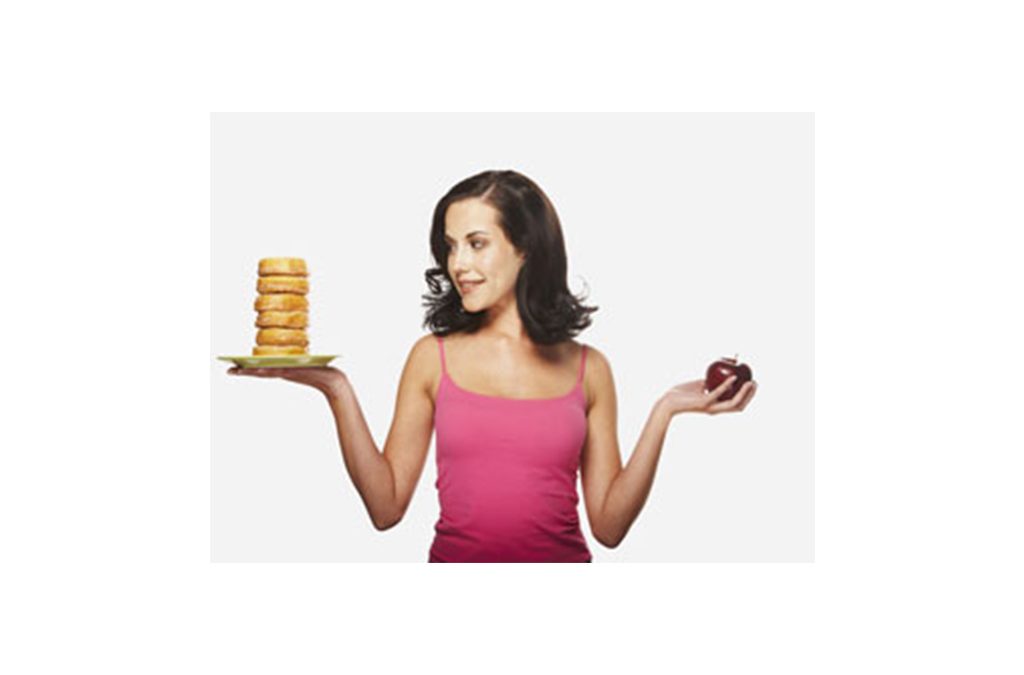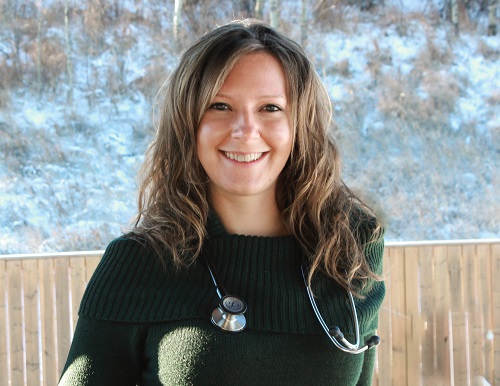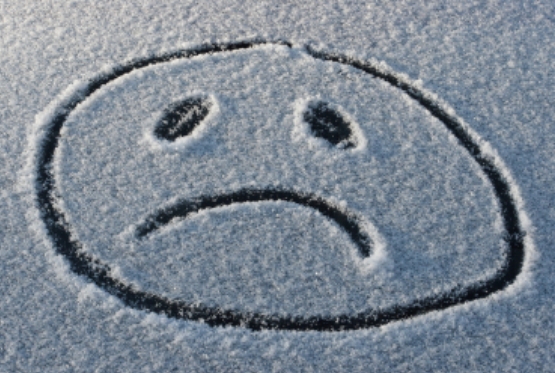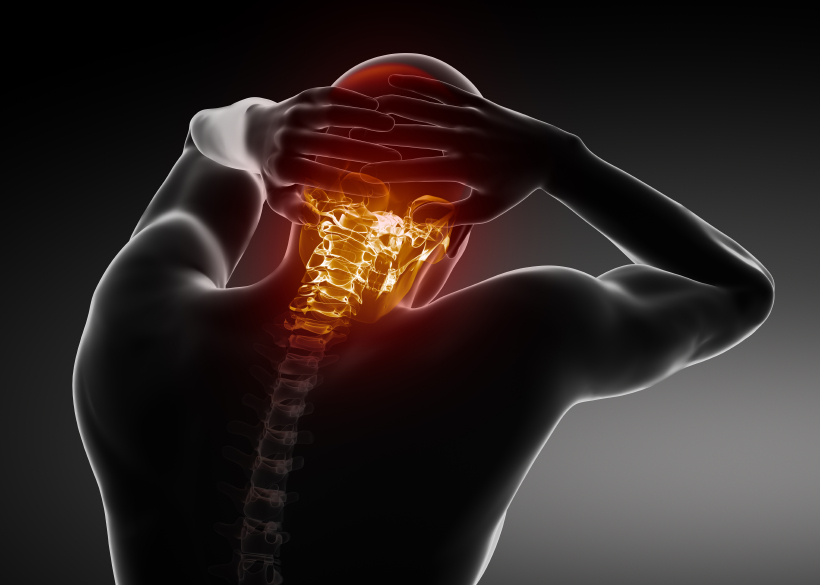
by | Jan 19, 2016 | Uncategorized
What is Mindful Eating?
Abigail Draper PhD RPsych
For many, eating has become a mindless activity that induces guilt rather than a natural, healthy, and pleasurable activity. Mindless eating involves:
- Eating when you are too full, and then feeling guilty
- Eating for emotional reasons such as stress or anxiety
- Grazing on food without thinking about it
- Mindlessly snacking in front of the tv
- Skipping meals and ignoring hunger signals
In contrast to mindless eating, mindful eating is a mindfulness practice which is a powerful tool for developing a healthier relationship with food. Mindful eating is not a diet. There are no menus or recipes. Mindful eating is eating with intention and attention:
- It involves eating with the intention of caring for yourself
- It involves being more aware of your eating habits, the sensations you experience when you eat and the thoughts and emotions you have about food.
Holistic Health Calgary
Many of those who struggle with food respond mindlessly to their unrecognised triggers, thoughts and feelings. Most often, the triggers that prompt overeating are unconscious processes that have been repeated for years. People act without realising it. Since people eat for reasons other than physical hunger, changing behaviour involves first asking the question “Why do I eat?”. This involves exploring triggers such as physical hunger, boredom, stress or fatigue. In the mindful eating cycle developed by Michelle May MD, further questions are asked to encourage clients to be more aware of the factors guiding their eating decisions. These include questions such as:
- “When do I eat?” The answer may depend on the clock, physical hunger cues or emotions.
- “What do I eat?” This questions examines the factors that people consider when choosing food, such as convenience, taste, comfort, and nutrition.
- “How do I eat?” Eating can be rushed, mindless, distracted or secretive.
- “How much so I eat?” Quantity may be decided by physical fullness cues, package size, or habit.
- “Where do I invest my energy?” Eating may be invigorating, cause sluggishness, or result in guilt and shame.
“Asking “Am I hungry?” puts a pause between the trigger and a response,” May says. “That gap breaks us out of ineffective, habitual patterns and gives us an opportunity to change old behaviours”. A number of programs have adopted mindful eating to treat eating disorders such as binge eating, type 2 diabetes, and weight loss. Studies reveal that eating mindfully reduces binge eating, improves depression, can result in weight loss, enhances glycemic control and lowers cortisol levels while improving inflammatory markers. One such study examined mindful eating in restaurants and revealed a significant reduction in weight, calories consumer, fat intake as well as an increase in self-confidence among subjects who participated in a six-week mindful eating program. Mindful eating continues to gain widespread support to promote weight control, improve eating behaviours, prevent chronic disease, and foster a healthy relationship with food.
Eat a Food Mindfully
Take a raisin, grape, strawberry, piece of cheese or chocolate. Observe the appearance and texture. Is there an aroma? What kind of changes do you notice in your body as you observe the food? Next, place a small amount of the food in your mouth and do not chew it. After 30 seconds, start chewing. Observe what you notice about the favour or texture before you started chewing and after you started chewing. How does this compare with your typical experience of eating?
Let us help you in maintaining a healthy quality of your life. Contact the clinic to book your initial consultation today!
Resources
Eat What You Love, Love What You Eat by Michelle May, MD
Eating Mindfully: How to End Mindless Eating and Enjoy a Balanced Relationship with Food by Susan Albers, PsyD, and Lilian Cheung, DSc, RD
Mindful Eating: A Guide to Rediscovering a Healthy and Joyful Relationship with Food by Jan Cozen Bays, MD

by | Jan 15, 2016 | Uncategorized
I am very excited to be joining Docere Wellness Clinic! I’d like to introduce myself by sharing my Naturopathic journey. It began when I was 9 years old, around November I started having stomach aches, mild headaches, fatigue, decreased appetite and no desire to do anything. After 4 months of missing school, visiting my family physician, blood tests and specialists- with every test result coming up negative, I was all of the sudden better. My drastic recovery was puzzling, but everyone breathed a huge sigh of relief – especially my parents and family physician. The following Nov/Dec my symptoms returned, back I went to my family doctor but still nothing showed up, despite my Doctors thorough and best efforts. Frustration and worry all flooded right back in.
I grew up on a grain farm north east of Calgary, both of my parents were raised on farms in the area- we had never heard of alternative medicine. My parents desperately tried to find a solution and began seeking alternative advice, a family friend suggested seeing an herbalist. In mid January I went to see this herbalist, within 5 minutes of looking at me and hearing my story he had a definitive diagnosis- Seasonal Affective Disorder or SAD. If you are not familiar with SAD it is also known as the winter blues, individuals experience depressive symptoms, but only at certain times of the year when they are not exposed to adequate sunlight. My prescription was a herbal tincture and directions on how to build a light box. Lucky me, my father is very handy and began building me my very own light box, it was 5 feet long and 2 feet wide and did not have UV protection so I began to look like I was hitting the tanning bed. I would sit under my lightbox every morning for 30 minutes and within a week or two was back to myself again! The disorder is now well known and you are able to purchase even pocket size lightboxes/ SAD lamps very easily. Every winter since I use my newer 10”x10” UV protective lightbox, and I have yet to experience those symptoms again.
Wellness Center Calgary
Jumping ahead a few years, still healthy and happy, I found myself in Lennoxville Quebec studying Neuroscience at Bishop’s University. The complexity of the brain and the mind-body connection fascinated me. I loved my program, but as I neared my convocation I had no idea what I was going to do with my degree. A degree in Neuroscience usually required you to continue on to do your Masters or PhD, I was considering this but it didn’t quite appeal to me. I began researching what my next move should be and I was all over the map; Audiologist, Speech Pathologist, Neuroscientist; Psychologist, Physiotherapist they all interested me. After a brief visit with my cousin in Toronto, whom was studying to be a Chiropractor, I started looking into alternative medicine, naturopathic medicine kept coming up. It was as if the profession had picked me; treating and educating people about their health through various natural modalities- like the ones that cured me. It was the closest thing to an epiphany I’ve ever had. So I applied to the Canadian College of Naturopathic Medicine in Toronto- I wont elaborate on that because that was a completely different journey. But here I am now, so excited to doing what I am most passionate about, helping, educating and healing people.
We offer many holistic modalities such as Naturopathic Medicine, Massage Therapy, Chiropractic and more! If you are interested in our healing treatment, contact us today!

by | Dec 15, 2015 | Uncategorized
Christmas is one the most favorite time of the years for many! But it can be one of hardest times of the years to stay healthy and focused when it comes to your body and keeping fit. Below we provide you tips on how to stay focused and not fall apart when surrounded with bad food and encouraged to watch movies all day.
Healthy Tips Calgary
1) Portion Control – it is not surprise that this is on the list! You do not have to say NO to all the food but just portion the bad parts. Load up on the veggies when they are available and pull back on the high fat carbs. When there is fruit available for desert – choose the fruit and pick 1 small sweet! Instead of skipping the bad foods all together just control the amounts you have and focus on the adding more of the organic, whole foods options.
2) Get Active – you may be traveling or visiting relatives. You may be at home but routine is not routine. Either one will cause a shift in visiting the gym or getting outside for your regular run. The key to staying active is involving others over the holiday season. It may not be a run but going tobogganing for an hour is a great work out for your body and allows you to stay active. Taking walks with friends and families keeps your body moving – a key to allowing yourself to return to regular routine after the holidays and not having any injuries. However you decide to move that is the key – MOVE.
3) Mindfulness – staying healthy over the holidays is not just about your food and activity level. In order to not get into a rut, when out of regular routines, practicing mindfulness will result in a healthy outlook and give you the ability to stay focused and thankful even with holiday stress arrives. Whether it’s family that pushes those buttons or kids at home from school with nothing to do – finding quite moments alone to focus, be thankful and regroup can bring balance and clear objectives when facing extra pressures of the season. It might be a morning coffee alone with a book and journal, maybe a massage while the kids are at a friend’s house or a sleep in when the in-laws have the babies. Whatever your quite moment looks like – take it!
We wish you the happiest holiday season from all of us here at Docere. We trust that as you focus on health and wellness this season you take it in stride and enjoy the treats, the family and friends and memories that are being made around it all.

by | Nov 16, 2015 | Uncategorized
Do you experience the “blues” or low mood during the winter months? How do you know if this is just a normal reaction to negative events in your life or whether you are experiencing Seasonal Affective Disorder (SAD)?
True SAD is a common disorder affecting an estimated ten million Americans. Another ten percent to twenty percent may have mild SAD. It is more frequently found in women than men.
Symptoms of SAD include low mood, difficulty waking in the morning, a tendency to oversleep and overeat (especially carbohydrates), a lack of energy, difficulty concentrating and a tendency towards social withdrawal. Many of the symptoms mimic major depressive disorder.
Seasonal mood variations are believed to be related changes in light levels. Many people drive to work in the mornings when it is dark and return home after sunset so they are not exposed to much natural daylight. Anyone can get SAD but it is more common in:
- Winter
- People who live far from the equator where winter daylight hours are short
- People between the ages of 15 and 55. The risk of getting SAD for the first time goes down as you age.
- People who have a close relative with SAD.
Light Therapy NW Calgary
To be diagnosed with SAD you have to have been depressed during the same season and recovered when the seasons changed for at least two years in a row. You may also need to have a blood test to rule out other conditions that can cause similar symptoms such as hypothyroidism.
The roots of SAD may well be due to the tendency for some animals, or in this case, humans, to diminish activity or even hibernate in the winter when there is less food available. It was likely that food was scarce during most of human prehistory, and so a tendency toward low mood during the winter months would have been adaptive by reducing the need for calorie intake.
Bright light therapy has been found to be highly effective in treating SAD. This is because the cause of SAD may well be related to an excess of the brain chemical called melatonin which is produced in dim light and darkness by the pineal gland leaving a person feeling tired and lethargic and disrupting the biological clock which controls the sleep-wake pattern. Melatonin secretion is controlled by this circadian clock but can also be suppressed by bright light.
Light therapy, or phototherapy, using a light source which emits bright white full spectrum light at 10 000 lux, is the preferred treatment although blue light at a wavelength of 480nm at 2500 lux may also be used. Typically, the person would sit 30-60 cm from the light each morning without staring at it for 30-60 minutes a day. Dawn simulators can also be effective. Light therapy has very few side effects. The amount of time required varies by individual. It can be used until enough daylight is available, typically in the springtime. Stopping light therapy too early can result in a return of symptoms.
In addition to light therapy during the winter months, it is also important to take advantage of available sunlight and plan pleasurable activities for the winter season. Approach the winter with a positive attitude and if symptoms develop seek help sooner than later. Fill out your info and get started today!

by | Nov 16, 2015 | Uncategorized
The most familiar and commonly diagnosed types of headaches are migraine and tension-type. While it is believed that migraine headaches are related to problems with blood flow/vessels in the brain, tension-type headaches originate from the skull muscles and supporting muscles just below the head. There is, however, another relatively common type of headache called the Cervicogenic Headache.
The cervicogenic headache is characterized mainly by pain at the back of the head which can radiate over the top of the head to the front. It usually only affects one side however there are cases in which both sides are affected. The cause of this type of headache doesn’t come from the head, but as the name would suggest, it comes from the neck. People who suffer from cervicogenic headaches often (not always) have accompanying neck symptoms like pain/soreness, stiffness, decreased neck mobility and tight muscles. Some of my patients describe the feeling as a general soreness or tightness that starts from the middle of the neck, traveling upward into the back of the skull.
There are many things that can cause problems in the neck which might manifest as a cervicogenic headache. These range from traumatic whiplash to prolonged poor posture (desk work) to sleeping in a strange position.
The perception of head pain coming from problems in the neck happens because of the way the nerves are wired: injury or insult to the anatomy of the neck sends pain signals upward to a “central hub”. This hub also receives nerves that are in charge of transmitting pain signals from the back and base of skull. As the brain is trying to decipher the information from this central hub it “mixes up” the signals and believes that some of the pain stimulus is coming from the back of the head, while in fact there isn’t a problem with that area. This is the principle known as referred pain.
CranioSacral Therapy Northwest Calgary
Patients with this type of headache respond very well to chiropractic care because the problem stems from the area we deal with most — the spine/back. My treatment for this condition involves giving exercises to strengthen weak muscles, soft tissue techniques to relax tight/spasmed muscles, and chiropractic manipulation to restore proper neck biomechanics. As the proper posture and biomechanics of the spine are restored the injured neck anatomy gets a chance to heal and normalize resulting in headache cessation.
Understanding Headaches – The Cervicogenic Headache
By Samuel Lim D.C.
Come experience a session at a discounted rate with Docere Wellness Centre.





